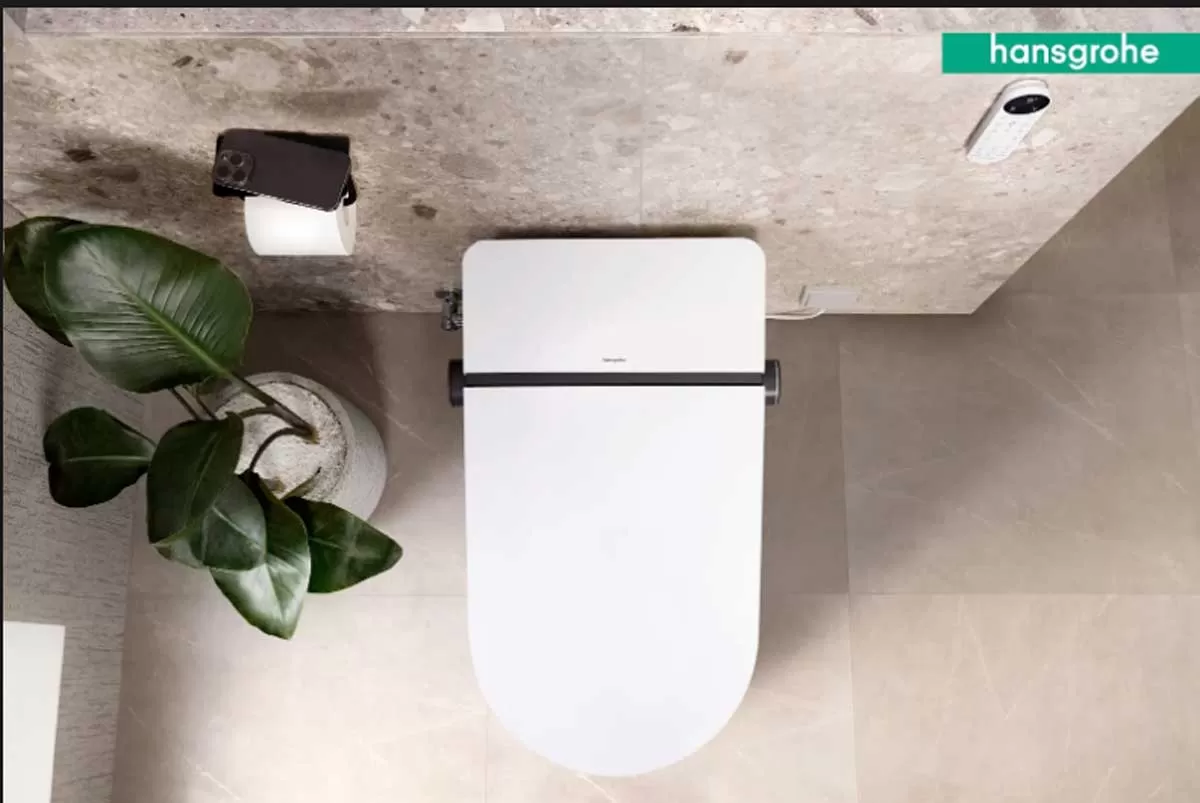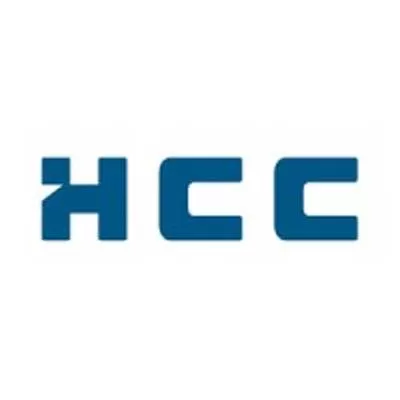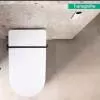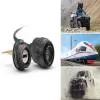Being one of the alternatives for stormwater management, pervious concrete has benefits in the environmental, road user, and construction domains.
Rapid urbanisation is converting natural ground into impervious manmade structures. Globally, 54 per cent of the population currently dwells in urban areas, which is projected to grow to 66 per cent by 2050 (United Nations, 2014). In the near future, it has been predicted that a major portion of the Asian continent is expected to have the highest urbanisation rates in the world. Although urbanisation is a positive move towards development, there are several negative impacts on the environment, which are anticipated to adversely affect the quality of life of individuals and infrastructure systems.
From pervious to impervious
Pavement systems constituting about 30-40 per cent of the total urban fabric have converted pervious natural ground into impervious systems, which have created a negative impact on the environment. These impacts can be broadly categorised as variations in hydrological aspect and temperature in the surrounding ambience. With regard to the hydrological aspects, the existing dense pavement system being impervious in nature, increases the quantity of runoff and reduces the infiltration of rainwater into the ground, which may create a flood-like situation in low-lying areas. The runoff, which occurs immediately during rainfall, termed as the first flush, is highly-polluted and requires large treatment facilities before being discharged into natural water bodies. Further, the problems of water logging, hydroplaning and skidding, which affect road users, exist when the pavement is wet.
With regard to temperature in the surrounding ambience, impervious pavement systems act as a heat storage media that stores heat and releases it back to the atmosphere, increasing ambient temperature. This creates a phenomenon termed urban heat island (UHI), which results in an increase in the urban temperature by about 2-6oC compared to the surrounding rural areas. UHI results in thermal discomfort, which increases the consumption of electricity for cooling systems and other energy sources.
Adopting sustainable strategies
To reduce the effect of urbanisation on pavement-related issues, there is a definitive need to adopt environmentally sustainable strategies that can serve both road users and the environment. One possible solution would be to use porous pavement systems such as pervious concrete. Pervious concrete has been defined as a composite material consisting of rationally graded coarse aggregates with a required amount of cement paste to coat and bind the aggregates together. Pervious concrete consisting of only coarse aggregates (single-sized or binary) with an optimal amount of cement paste has a highly interconnected macro-pore structure, which can also be called an enhanced porosity concrete. The porosity of pervious concrete has traditionally varied in the range of 15 per cent to 35 per cent. The presence of high inter-granular pore structure in the pervious concrete system differentiates it from the conventional concrete widely used in paving applications.
Being one of the alternatives for stormwater management, pervious concrete has benefits in the environmental, road user, and construction domains. Owing to its interconnected porous structure, this material has been found to reduce stormwater runoff, water logging and hydroplaning as well. Further, the rough surface texture provides a good, skid-resistant riding surface even in wet conditions. Additionally, it has also been beneficial in reducing surrounding urban air temperature by various mechanisms of heat transfer that may become future UHI mitigation strategy. In terms of construction, the pervious concrete pavement eliminates the requirement of side drains or stormwater drains as the stormwater percolates into the pavement itself. This will help utilise urban land more effectively where the cost of land is normally high and reduce the cost of construction and maintenance of side drains.
Setting standard specifications
Researchers at IIT Kharagpur are in the process of characterising pervious concrete mixtures and developing design standard specifications in the form of guidelines to utilise the pavement type in low to medium volume roads and parking lots. The standard specifications will be based on the evaluation of hydrological, structural, and thermo-physical properties of various pervious concrete mix designs mainly obtained from laboratory and field investigations. The research team has formulated methodologies to study the above mentioned properties for a wide range of pervious concrete mixtures. The variables that will be taken into account are aggregate gradation, water-to-cement ratio, cement-to-aggregate ratio, and supplementary cementitious material (SCM) contents. The materials, which will be used for preparing the pervious concrete mixes include aggregate, cement, sand, fly-ash, silica fume and crumb rubber. The unique component is the introduction of waste materials such as crumb rubber and SCMs in the mix, to enhance various properties of pervious concrete and tag it as a sustainable greener pavement material.
The benefits
The research studies carried out till date indicate that the pervious concrete can be a promising sustainable pavement material, which has positive effects towards low-impact development.
The ill-effects of present and future urbanisation can be reduced by implementing such pavement technologies that can be beneficial from different prospects. Ongoing investigations show that mix parameters influence pore and strength properties to a large extent. Water-to-cement and cement-to-aggregate ratios as well as material density were found to be important mix parameters with significant effect on permeability. Moreover, the predictive equation developed as part of the study has been recommended to determine the permeability of the mix a priori sample preparation by suitably adjusting the parameters, which will help in better mix designs.
Field investigations
The team also conducted field investigations in studying the temperature profiles for various types of pavement mixtures, including pervious concrete mixes. A significant observation was that pervious concrete was 6-10oC lower than conventional dense pavements, which upheld the significance in reducing UHI effects. Further, the water percolation rate of pervious concrete mix was found to be in the range of 0.38-5 cm per second, which can substantially help reduce runoff and improve groundwater recharge.
The drawbacks
However, there are certain drawbacks of pervious concrete mixes, which are being studied to counter those problems. For example, porosity could be reduced over time with the accumulation of dust particles. Hence, such pavements require intermittent and frequent cleaning and maintenance. To overcome this bottleneck, the Principal Investigator of the project, Prof Krishna Prapoorna Biligiri along with his team, proposed a multi-layered pavement system with a removable or replaceable top layer; this particular wearing course will have the provision to be changed when damaged beyond repair. Prof Biligiri aims to develop the strength of the material to the extent of using the same for highways in future.
Indian conditions
The IIT Kharagpur team has been developing the material customised for Indian conditions, which is still not used in India. It could be tested commercially on PPP basis in upcoming residential complexes and multiplexes, parking lots, parks, etc. This will not only reduce water logging owing to impervious land cover, but also reduce heat in the surrounding environment. Also, such places encounter less dust in comparison to busy roads. Hence, it is hypothesised that the wear and tear of pervious concrete pavements will be comparatively less, thus ensuring longer pavement life.


















